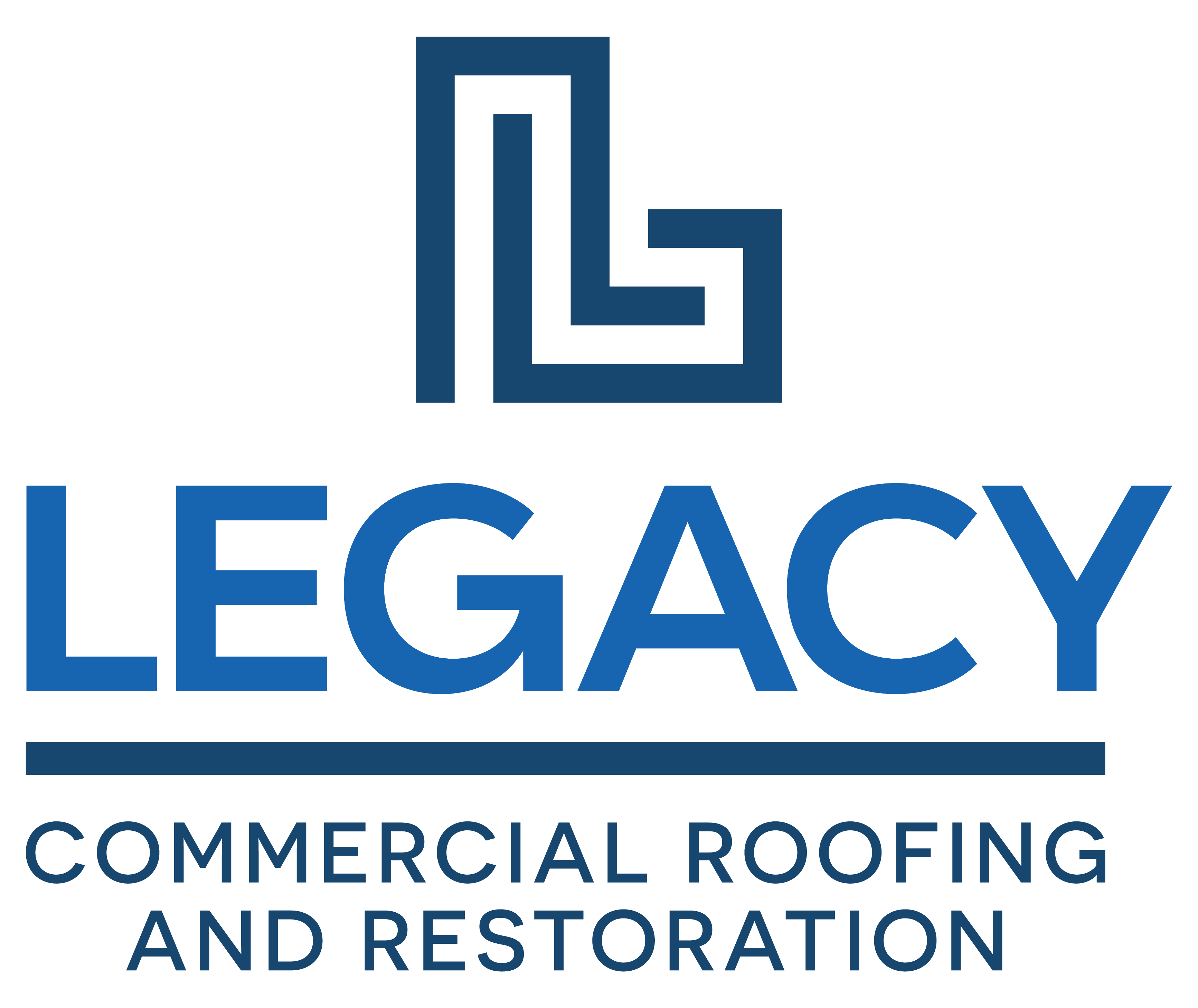Service Area: Nationwide, Wherever There Are Severe Storms

Storm Damage
Not all roofing materials are engineered with equal resilience, and it has long been established that certain materials perform better under conditions of high wind and hail. However, a standardized measure of this resilience was absent until 1996 when the Underwriters’ Laboratory (UL) introduced a national standard for roof impact resistance.
This standard evaluates roofing materials through impact tests using steel balls to simulate 90 mph hailstones of varying sizes, categorizing them into a Class 1–4 scale. Here, Class 1 denotes materials most vulnerable to damage, while Class 4 signifies the highest level of durability.
Jack Stanton, Loss Mitigation Coordinator at State Farm Insurance Company, commented to the Insurance Journal, “Each year, thousands of homeowners suffer roof losses due to hail and wind damage. We have established that Class 4 materials provide some of the most effective long-term protection for residential roofs.”
The confidence in Class 4 materials is so substantial that numerous property insurance providers offer premium discounts on homeowner insurance policies for those installing a UL Class 4-rated roof. Notably, metal roofing typically achieves this UL Class 4 rating.
